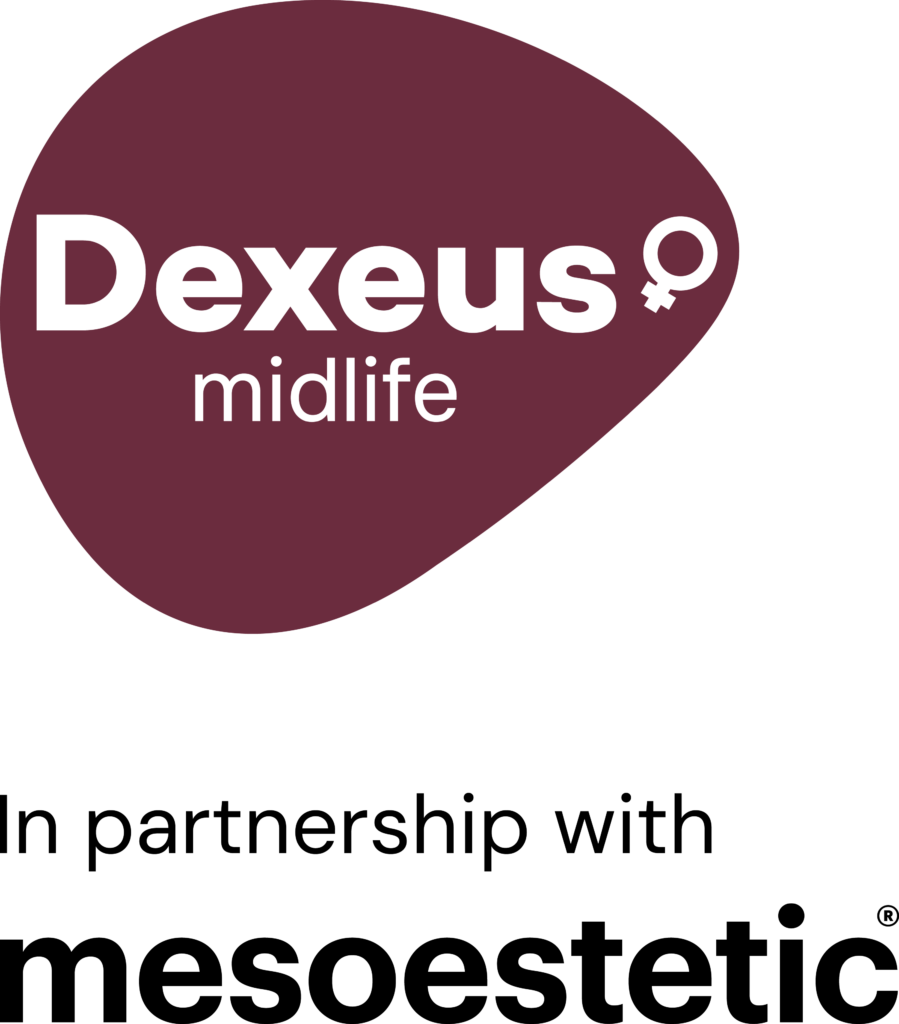At our clinic we provide you with a wide range of hyaluronic acid fillers that enhance shapes, define features and correct facial blemishes naturally. This is a procedure that involves injecting hyaluronic acid into the skin as a filler. Hyaluronic acid is an essential molecule found naturally in the skin, but that decreases with the passage of time. It is used to provide volume, elasticity and firmness to the skin, improving its appearance and naturally rejuvenating it.
This technique is simple and minimally invasive and is performed with state-of-the-art needles or cannulas. Hyaluronic acid fillers are effective for correcting different areas of the face. They soften wrinkles, reshape the nose, correct volume loss, improve the appearance of baggy eyes, increase the volume of lips and reshape them, among others.
In addition, hyaluronic acid treatment may be applied to many areas of the body: neck, cleavage, arms, back, chest, abdomen, periumbilical area, sides, thighs, and, in some cases, even on the back of the hands and scalp.
What it is
- Personalised diagnosis
The treatment programme is chosen with an individualised diagnosis for each patient.
- Sessions
1 session and a touch up after 15 days for 45 minutes.
- Duration
The duration of treatment varies depending on the patient’s progress.
- Recovery
It is a minimally invasive treatment and skin reactions disappear in a few days.
Who is the treatment intended for?
- Hyaluronic acid filler treatment is suitable for all types of skin.
- Some of the aesthetic benefits that can be achieved are:
- Improves skin hydration and turgor.
- Improves the skin's appearance and elasticity.
- Reduces flaccidity of the treated area (face or body).
- Reduces wrinkles and expression lines.
- Corrects loss of volumes on the face.
Expected outcome
Considerations to be taken into account
- Hyaluronic acid fillers are safe and offer many aesthetic benefits. However, during treatment sessions, the following skin reactions can occur, which usually disappear in a few days:
- Slight pain when the injection is carried out.
- Redness of the injection area.
- Inflammation.
- Mild bruising.
FAQs
Is it safe to use hyaluronic acid?
Yes, hyaluronic acid is safe when used correctly. As it is a biocompatible molecule that is already present in the human body, the side effects of hyaluronic acid are minimal. There may be slight redness or inflammation in the first few hours after treatment, but these will disappear quickly. The safety of hyaluronic acid is maximised when applied by experienced aesthetic doctors.
How long does the effect of hyaluronic acid on the skin last?
The long-term effects of hyaluronic acid vary depending on each patient. Generally, treatment results may last between 6 months and 1 year. Factors such as genetics, lifestyle, the treated area and the quantity of the product used can influence the duration of the effect.
When should I get a touch-up with hyaluronic acid?
The ideal time to perform a touch-up depends on how each treatment progresses in the patient. In general, it is recommended to do so between 9 and 12 months after the initial procedure.
Is the treatment painless?
It depends on the pain tolerance of each patient. The doctor may sometimes prescribe a local anaesthetic cream that should be applied prior to treatment to reduce any possible discomfort.
What precautions should be taken after the treatment?
Excessive exposure to sunlight, as well as to sources of heat, saunas and swimming pools should be avoided in the 24-72 hours after the treatment session. The use of makeup in the treated area and any other cosmetic should be avoided within the 2 hours following the treatment. The use of specific sunscreen is essential, but always after the 2 hours following the session. To avoid the deformation and displacement of hyaluronic acid, it is recommended to sleep on your back and avoid massaging or pressing on the area where the treatment has been performed.
Can anyone undergo a hyaluronic acid filler session?
Hyaluronic acid fillers are safe and effective for most people. However, there are some contraindications that must be consulted with the specialist doctor before following a treatment with hyaluronic acid:
- Allergies to the components that the product may contain (hyaluronic acid, anti-ageing active ingredients, lidocaine, etc.).
- Autoimmune diseases such as lupus, rheumatoid arthritis or scleroderma.
- Skin infections or presence of inflammation, severe acne or herpes.
- Clotting problems.
- Pregnancy and breastfeeding.
Discover the experiences of our patients
I recommend it 100%
“Lorem ipsum dolor sit amet, consectetur adipiscing elit. Curabitur consectetur euismod tellus, vel pretium nulla. Vestibulum lobortis venenatis erat vel rhoncus. Phasellus volutpat tortor vitae nisl pharetra tristique. Sed ac nisi congue, posuere felis tincidunt, consequat risus. “
Carmen Rodríguez, Barcelona
Related treatments
Chemical pee
Chemical pee
Skin renews itself every 28 days. However, over time, this process slows down. To rejuvenate their face, many people opt...
Read moreCarboxytherapy
Carboxytherapy
Some aesthetic medicine techniques are unknown to many people. This is the case with carboxytherapy, a technique that promotes the...
Read moreMesotherapy
Mesotherapy
Mesotherapy has been referred to for several years as one of the most effective medical-cosmetic techniques for the treatment of...
Read more
